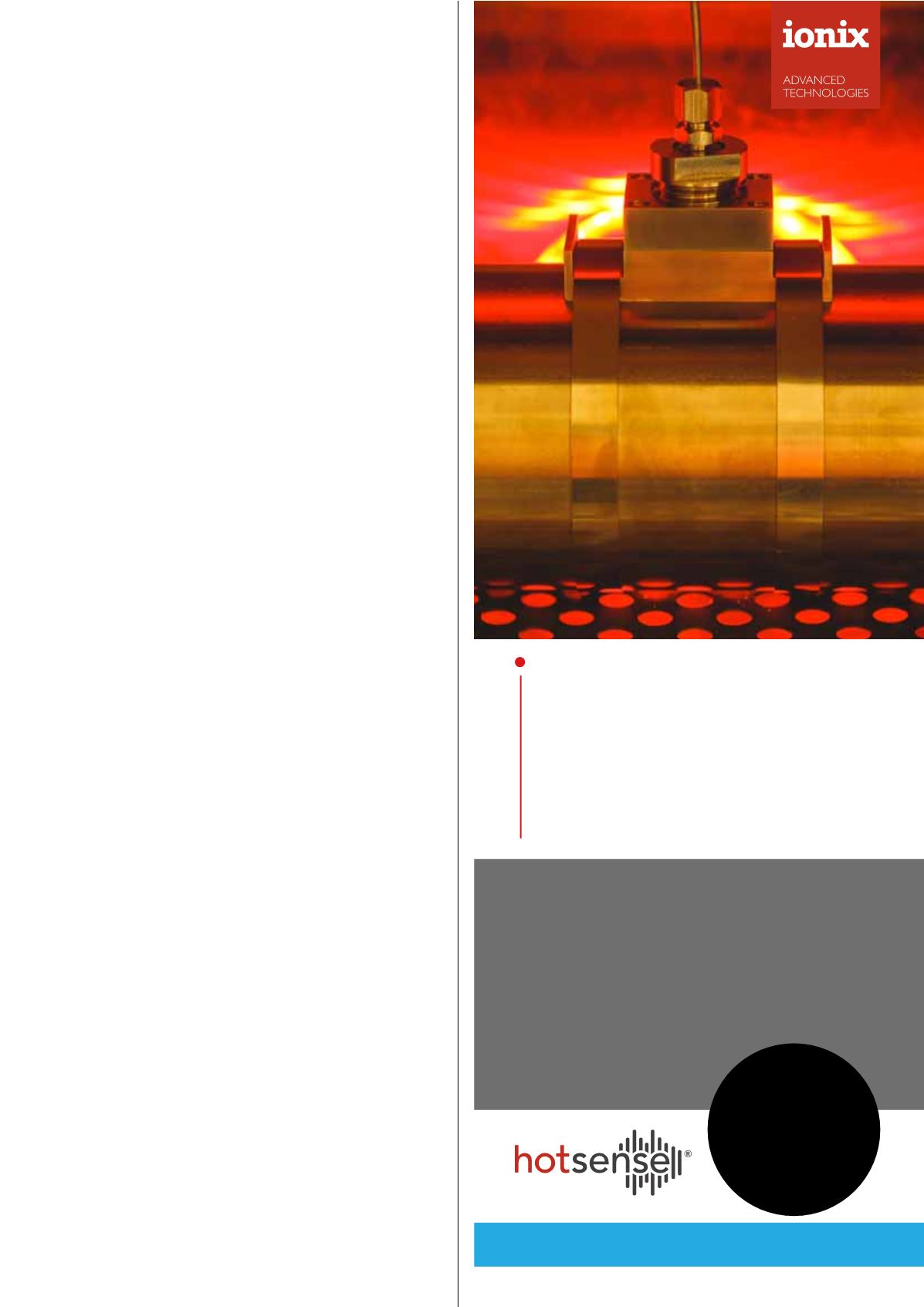
has exceeded 90%, allowing management of the corrosion
risks associated with amine-contaminated crude oils.
Similarly, up to 95% calcium removal has been realised in
units processing crudes with high calcium naphthenate
content.
Case study 1
A US refiner had experienced significant corrosion to its
atmospheric overhead system when processing a shale
crude. Baker Hughes completed a comprehensive
assessment of the crude unit and suspected that
monoethanolamine (MEA) was present in the crude oil as a
consequence of H
2
S scavenger treatment at the crude oil
terminal. Analytical technology confirmed an average of
4 ppm MEA in desalted crude samples.
The MEA measurements, along with other critical,
analytical, and operating data, was evaluated with the
TOPGUARD corrosion risk monitor (CRM), a proprietary
simulation-based technology used to determine the risk of
overhead corrosion due to amine and ammonia salt
deposition, inadequate pH management, and improper
wash water design/operation. The CRM uses a proprietary
database of amine thermodynamic data, developed by a
major operator and licensed solely to Baker Hughes, to
diagnose the causes/risks of corrosion, assess the
mitigation options to define a proper operating strategy,
and monitor the performance of the corrosion control
programme.
The CRM revealed that, with 4 ppm MEA in the
desalted crude, MEA-hydrochloride salts were very likely to
form and deposit in the tower top and overhead system
(Figure 1), confirming the cause of the refiner’s corrosion
problem. The company recommended a mitigation strategy
to promote removal of the MEA at the desalter using
EXCALIBUR 7760 contaminant removal additive.
The application of this programme successfully reduced
the overhead MEA concentration to 0.5 ppm, which
eliminated the salt formation and corrosion risks in the
tower top and overhead system (Figure 1). The refiner
continued processing high volumes of the shale crude
while at the same time avoiding the potential for costly
downtime and repairs.
Case study 2
A US refiner was having difficulty processing large
percentages of heavy opportunity crudes without causing
operational upsets. Multiple attempts to process these
crudes showed them significantly increasing the desalter
pH, resulting in desalter emulsion growth, poor brine
quality, reduced solids removal efficiency, and fouling of
downstream equipment. In this specific case, the poor
emulsion resolution and poor brine quality negatively
impacted the refiner’s wastewater treatment capabilities
and limited the amount of these crudes that could be
processed.
Baker Hughes correctly assessed the high desalter pH
as the root cause of the wastewater issues and
recommended a mitigation strategy that included its
contaminant removal additive to reduce and stabilise the
desalter pH. By mitigating the pH swings, the refiner
www.ionix.atSensing for extreme environments
Thickness monitoring
Ionix have developed an ultrasonic NDE
platform for monitoring corrosion & erosion in
plant without the need for costly shutdown or
cooling. Our HotSense® technology allows
continuous sensing with permanently installed
sensors, installed under insulation, from
-55 to +380
o
C and under ionizing radiation
exposure.
• CONTINUOUS
• ULTRASONIC
• EXTREME
ENVIRONMENT
SENSING
Want to discuss your
demanding
environment needs?
+44 (0) 1484 505859
contact@ionix.at







